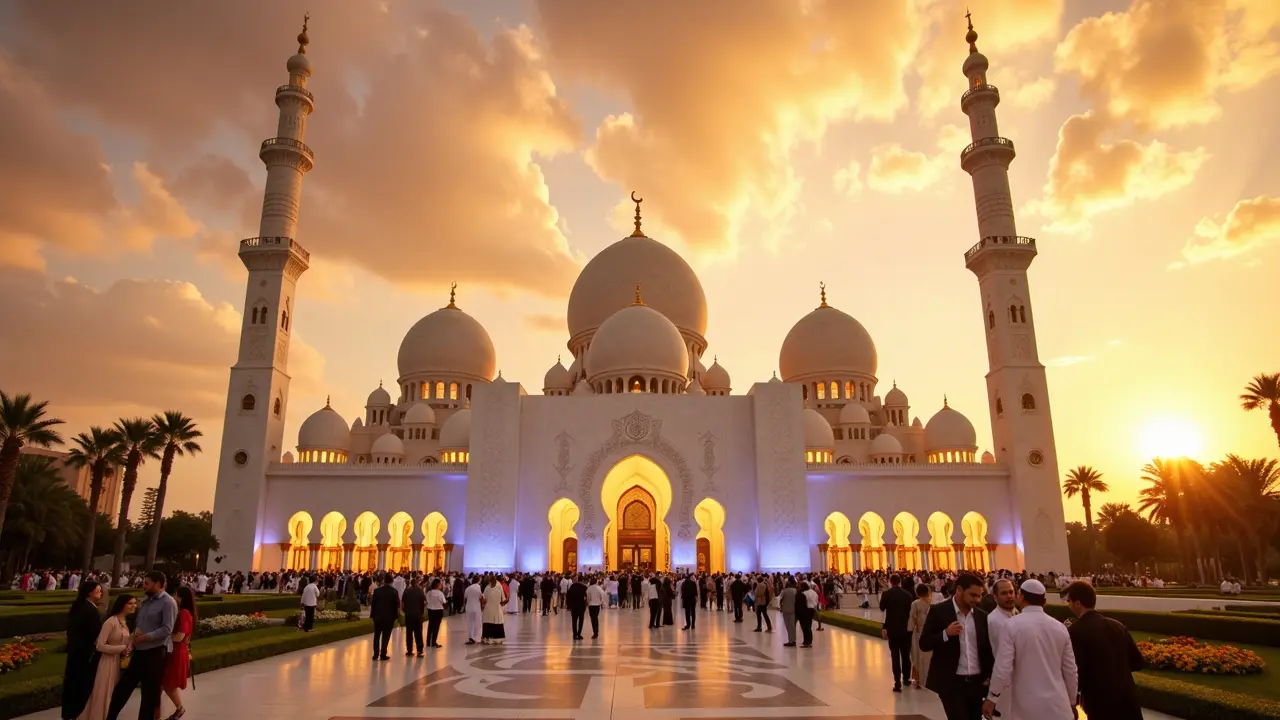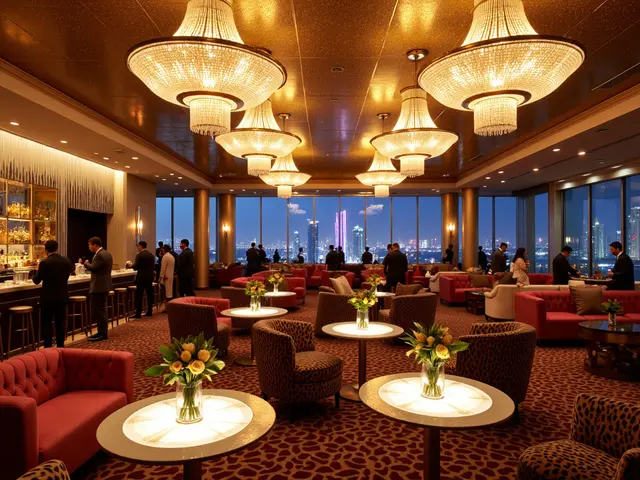Exploring Islamic Architecture: A Blend of Art, Faith, and Function
Islamic architecture isn’t just about buildings; it’s a stunning mix of religion, art, and community life all rolled into one. If you’ve ever admired a beautiful mosque with intricate patterns, soaring domes, or elegant minarets, you’ve seen Islamic architecture in action. But what makes it so unique? Let’s walk through the key features that set it apart and why it’s still inspiring architects today.
What Makes Islamic Architecture Stand Out?
The first thing you notice are the architectural details that combine beauty and purpose. Mosques, for example, often feature large domes on top. These aren’t just for show—they help amplify sound inside, especially the imam's voice during prayers. Then there are the minarets, tall spires from which the call to prayer echoes across the city. Their slim, elegant shapes add to the skyline while serving a clear function.
Patterns play a huge role, too. You'll see endless geometric designs and arabesque motifs carved into walls or ceilings. These elaborate patterns repeat endlessly and symbolize the infinite nature of Allah in a visual way. Calligraphy, especially verses from the Quran, often decorates surfaces, mixing art with spirituality seamlessly.
Styles and Influences Across Regions
Islamic architecture isn’t the same everywhere—it reflects local culture and history. For example, in the Middle East, you'll find lots of stonework and robust fortresses alongside grand mosques. In places like India, the Mughal style brought in beautiful gardens and more floral motifs combined with Islamic features. North Africa shows off its charm with colorful tile work and courtyard-focused designs.
This adaptability is key. It lets Islamic architecture stay true to its roots while embracing the culture around it. Whether it’s a simple village mosque or a grand palace, the buildings tell stories of faith, community, and artistic expression.
So next time you spot a building with a crescent moon atop a dome or lose yourself in a maze of complex patterns, you’re seeing centuries of craftsmanship and culture in one frame. Islamic architecture invites you not just to look, but to feel the harmony of faith and art woven deeply into the structure.

Jumeirah Mosque stands out as one of Dubai’s most iconic landmarks, blending spiritual significance with rich cultural traditions. This article dives into the mosque’s deep connections to Emirati life, its architectural wonders, and the unique opportunities it offers for locals, expats, and tourists to engage with Dubai’s vibrant culture. You’ll find authentic facts, insider tips, and insights that help you truly experience this beloved site. Learn what makes Jumeirah Mosque more than a place of worship—it's a living symbol of the city’s diversity and openness. Discover how visiting this mosque can enrich your own understanding of Dubai.





